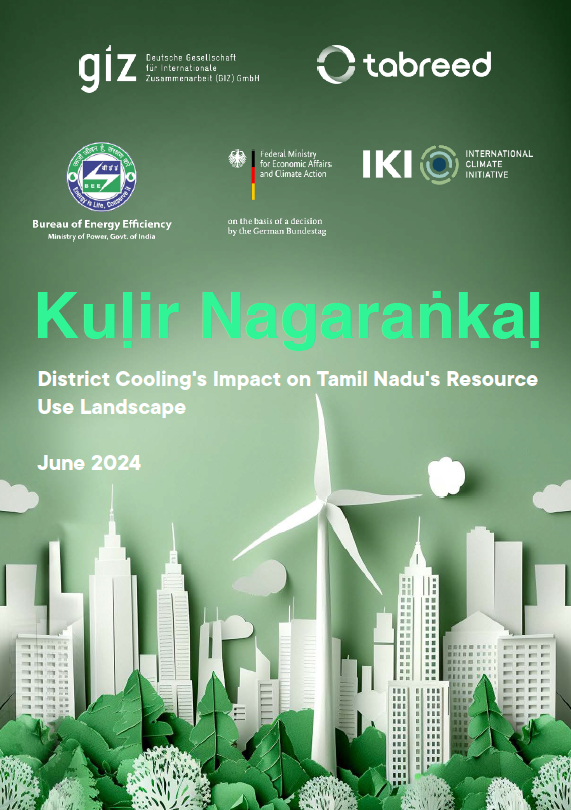The growing need for cooling is critical for achieving several Sustainable Development Goals (SDGs), including good health, energy access, and economic growth. However, increased cooling demand drives higher electricity consumption, impacting affordable and clean energy goals and efforts to combat climate change. In India, with its rapidly growing economy, increasing urbanization, and vulnerability to rising temperatures, there is an urgent need for sustainable cooling solutions supported by policy and institutional frameworks. District cooling systems, which use a central plant to supply chilled water to multiple buildings, offer a modern and efficient way to reduce peak electricity demand and operating energy consumption while providing economies of scale.
In Tamil Nadu, the imperative for District Cooling is particularly pronounced. With Chennai and other cities like Coimbatore, Madurai, Trichy witnessing a surge in economic activity, the demand for reliable and energy-efficient cooling solutions has reached unprecedented levels, resulting in 50% of electricity demand during peak summer months in some urban areas of Chennai going towards cooling needs. The potential impact of District Cooling extends beyond energy savings. By reducing peak electricity demand and enhancing grid stability, these systems strengthen India's and the state’s energy security and resilience. As India transitions towards a sustainable and green future, District Cooling stands poised as a cornerstone of sustainable urban infrastructure. By encouraging collaboration among policymakers, developers, and the private sector, India can build climate-resilient cities and create healthier environments for its citizens.
Copyright © 2024 All rights reserved




